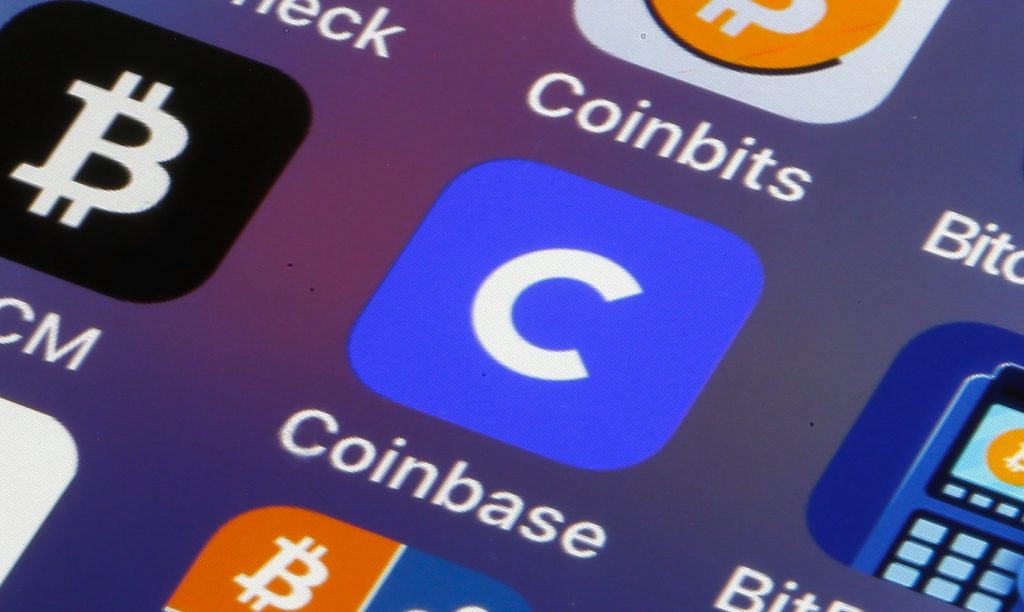
3 questions about Coinbase’s NFT push
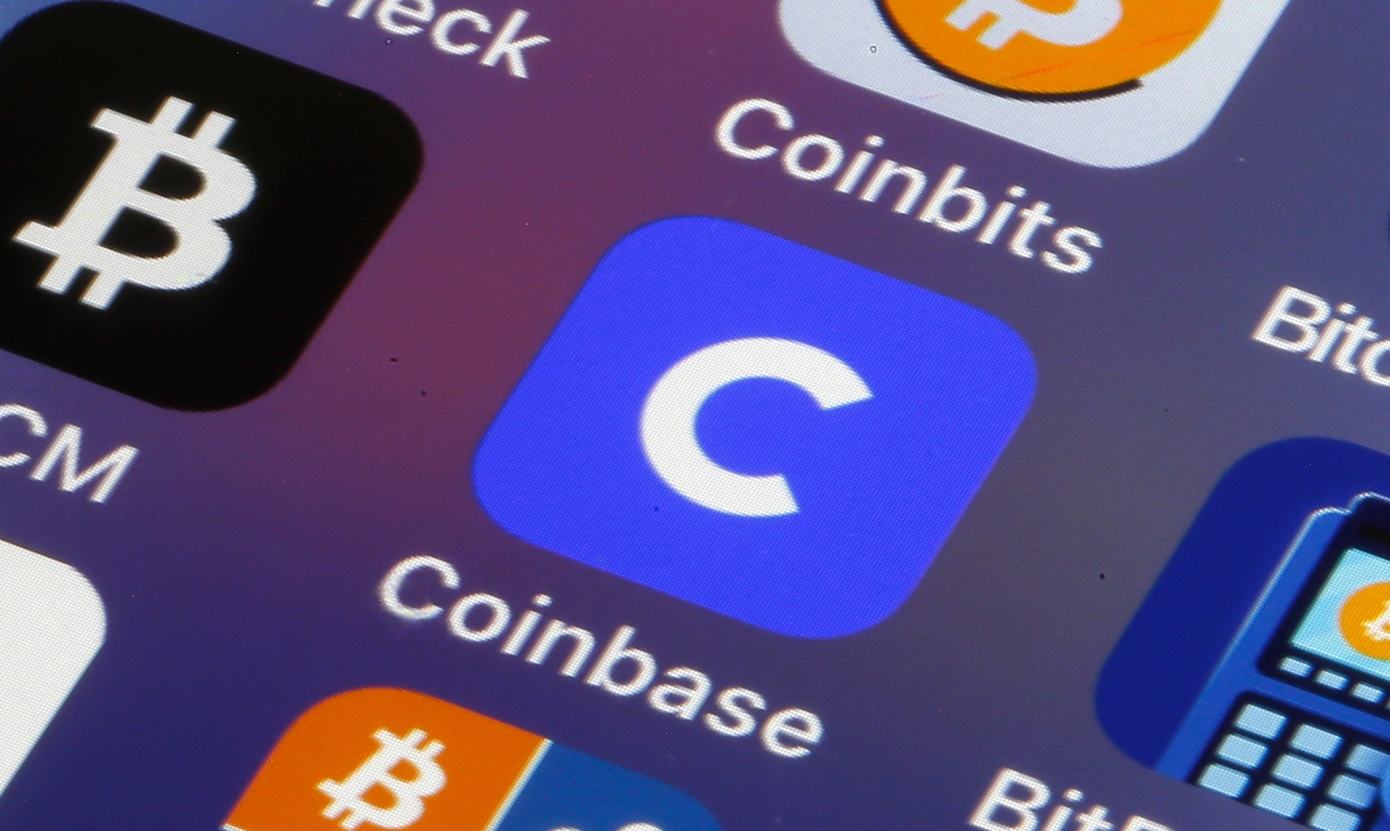
3 questions about Coinbase’s NFT push
At long last, Coinbase’s NFT push came to the market this week.
The U.S. cryptocurrency trading giant’s entry into the market for non-fungible tokens
has been a long time coming and lands at an important time for the public company.
Shares of Coinbase are trading near all-time lows today ahead of its earnings that will land in early May.
Coinbase has proven that it can build a large, profitable business by helping both individuals and institutions buy, sell and stake crypto.
But as its revenues — and, therefore, net income — oscillate with the macro health of the crypto market itself, the company has taken on the valuation profile of a bank more than a technology company.
Indeed, if we observe the company’s Q4 net revenues of $2.49 billion, and we compare an annualized version of that number against Coinbase’s current market valuation of $36.3 billion, we can see that the company is trading for a revenue multiple of less than 4x.
The NFT effort from Coinbase, then, is at once its entry into a market that already has an incumbent — the valuable and popular OpenSea NFT platform — and a shot at a new vein of growth to tap. Growth that could help Coinbase move its valuation, and resulting multiples, closer to the range that it enjoyed while private.
Sadly, data on the Coinbase NFT push is de minimis today. This is not a huge surprise, really, as the new service from the former unicorn is well, new. So instead of trying to parse what appear to be the first dribs and drabs of numbers from third-party analytics services, let’s ask a few questions. Today we’re outlining our three top head-scratchers concerning the new Coinbase NFT project.
In basic terms, we want to know how fast Coinbase’s NFT marketplace can scale in the near term, its potential economic profile, and, finally, its long-term growth prospects. We’ll take them in order. Let’s have some fun!
How fast can Coinbase scale NFT volume?
Over the next few weeks, we’ll be curious to see how much volume there is in terms of total trades, as well as the value of those trades driven by Coinbase’s NFT marketplace.
The company has an enormous waitlist and has a simply massive user base to shuttle into its new product. How well that waitlist converts into active users, and then activity, is a critical question. And after the waitlist is chewed through, the fraction of Coinbase that heads over to the NFT product will help us determine volume growth at the company in the immediate future.
So far data is limited, and, frankly, incomplete. So we don’t know much today, but the strength of Coinbase’s start in the NFT game will perhaps give us a vibe for how quickly it may scale volume over the next few quarters, a key period for the company if it wants to regain some of the value it lost over the last few months. Naturally, however, volume is just one part of the trading revenue equation. The other is fees.
How strong do the economics of Coinbase’s NFT push look?
In the long term? Good. In the near term? Weird!
Here’s an excerpt from our coverage of the Coinbase NFT launch from earlier in the week:
There will also be no transaction fees on NFTs on its marketplace “for a limited time.” Over time, the fee will increase, but will be a “low single-digit fee,” Sanchan Saxena, vice president of product at Coinbase, said during the meeting. Users can either use a Coinbase wallet or any self-custody wallet they own to trade NFTs on the platform.
By charging no fees to start, Coinbase is flexing the fact that it is incredibly wealthy and profitable. It can afford to forgo fees to encourage volume. Once its marketplace reaches a healthy level of supply and demand, it can begin to extract revenues.


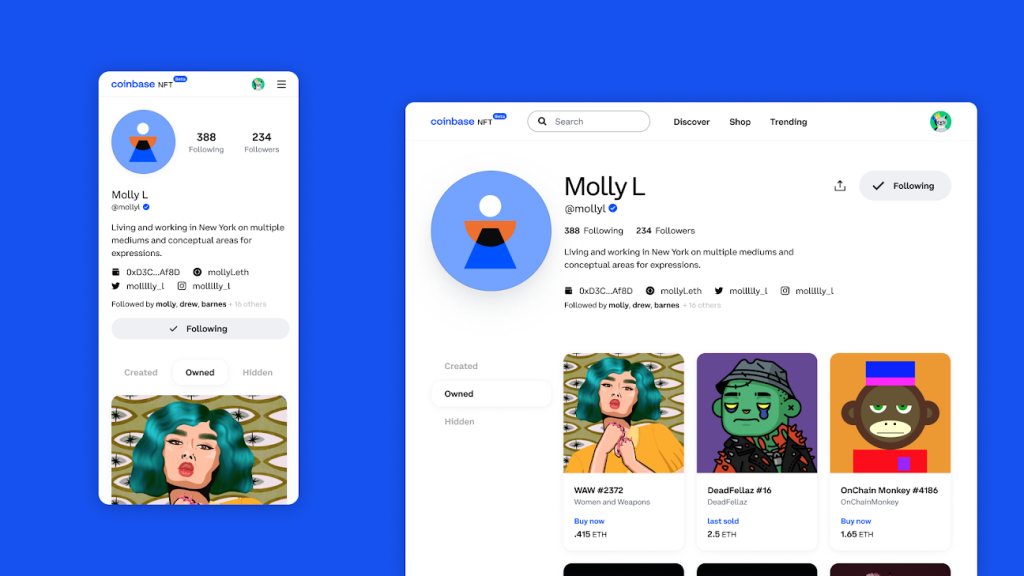


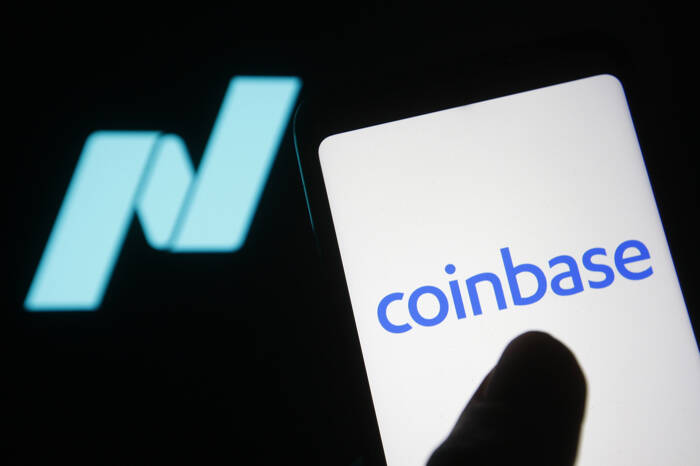
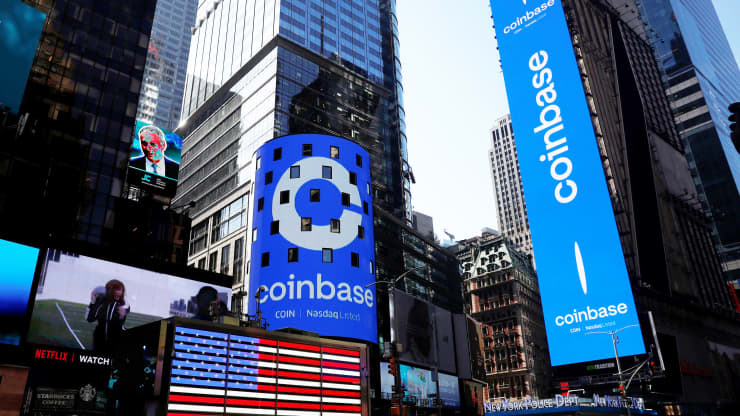
[…] In fact, regions within multiple third-world countries have become entirely dependent on the billion-dollar business of what has become known as “gold farming”. […]
This content has been hidden as the member is suspended.
[…] launching on April 20, Coinbase NFT volume has reached sales worth $668,668 across a small pool of 1,287 users, according to data on […]